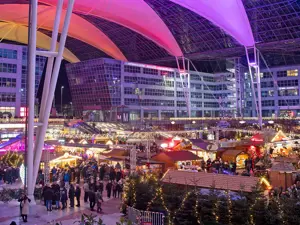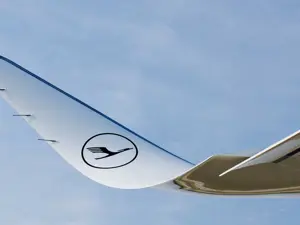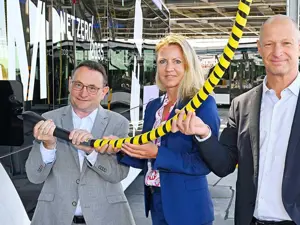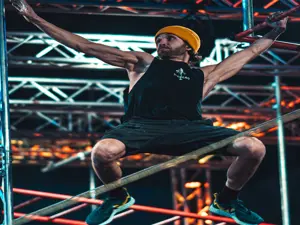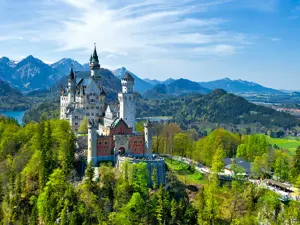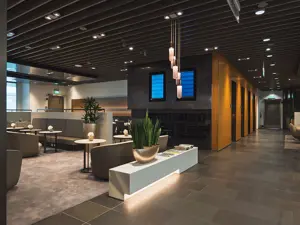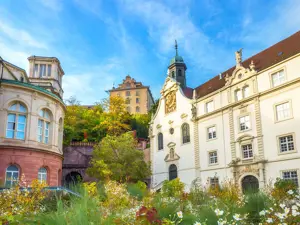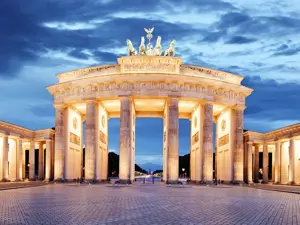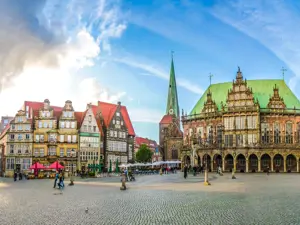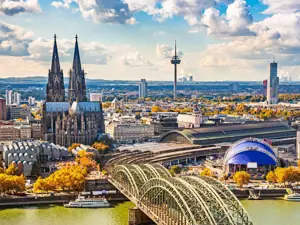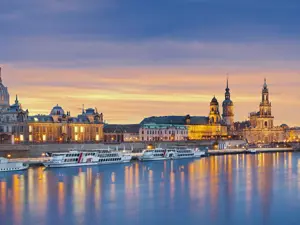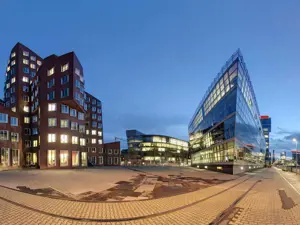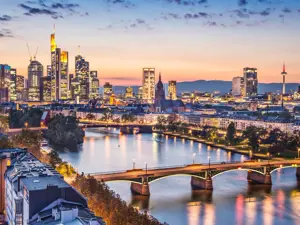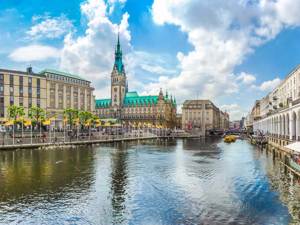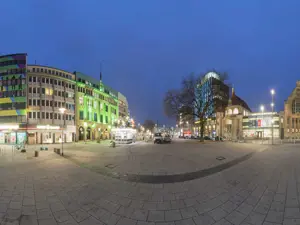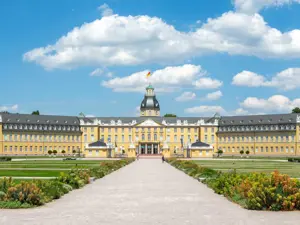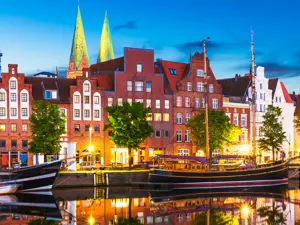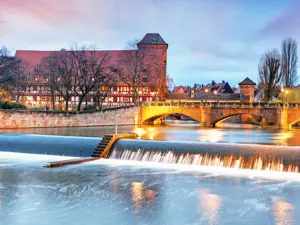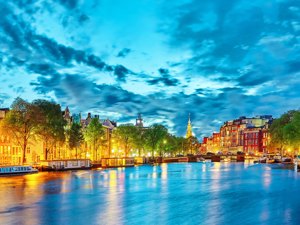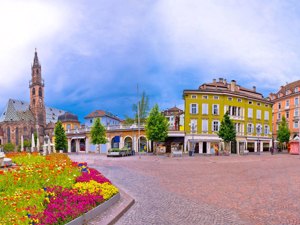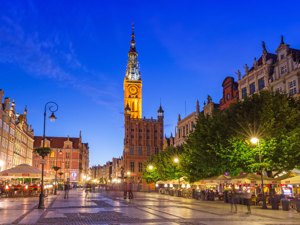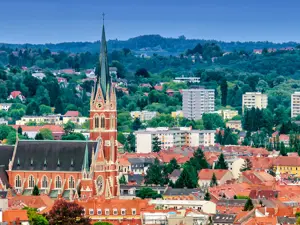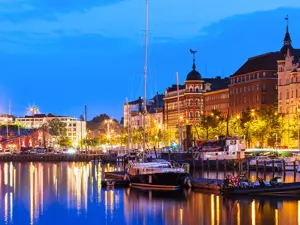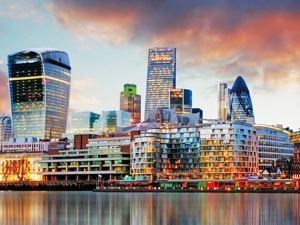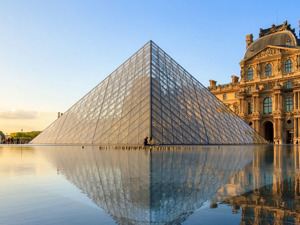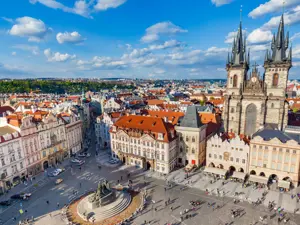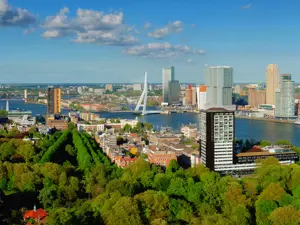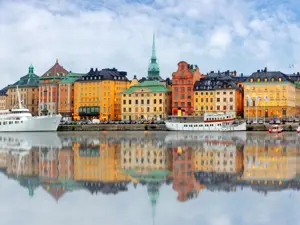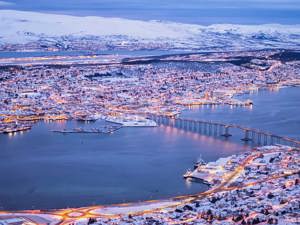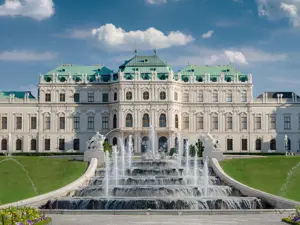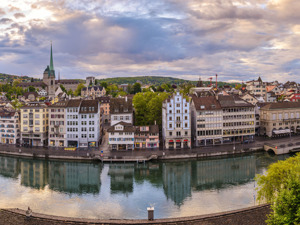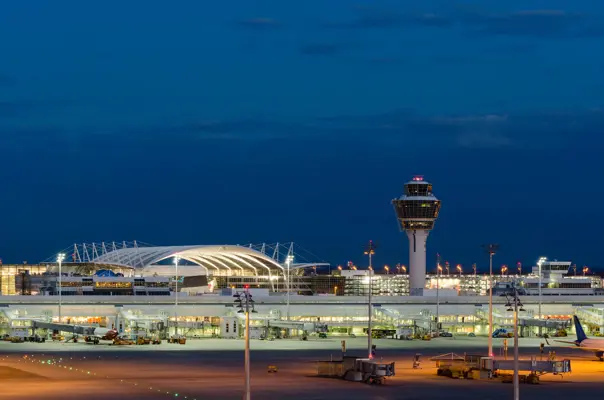A mundane and cosmopolitan town, from centuries a stronghold for arts and culture
Just name Munich and right away the mind races to pleasant mugs filled with beer or romantic atmospheres and Christmas street markets. These are just a few of the featured attractions to be found in Munich, a mundane and cosmopolitan town, from centuries a stronghold for arts and culture. The happy Bavarian spirit surely made the difference: friendly and appealing, Munich is indeed the most vital town in Germany.
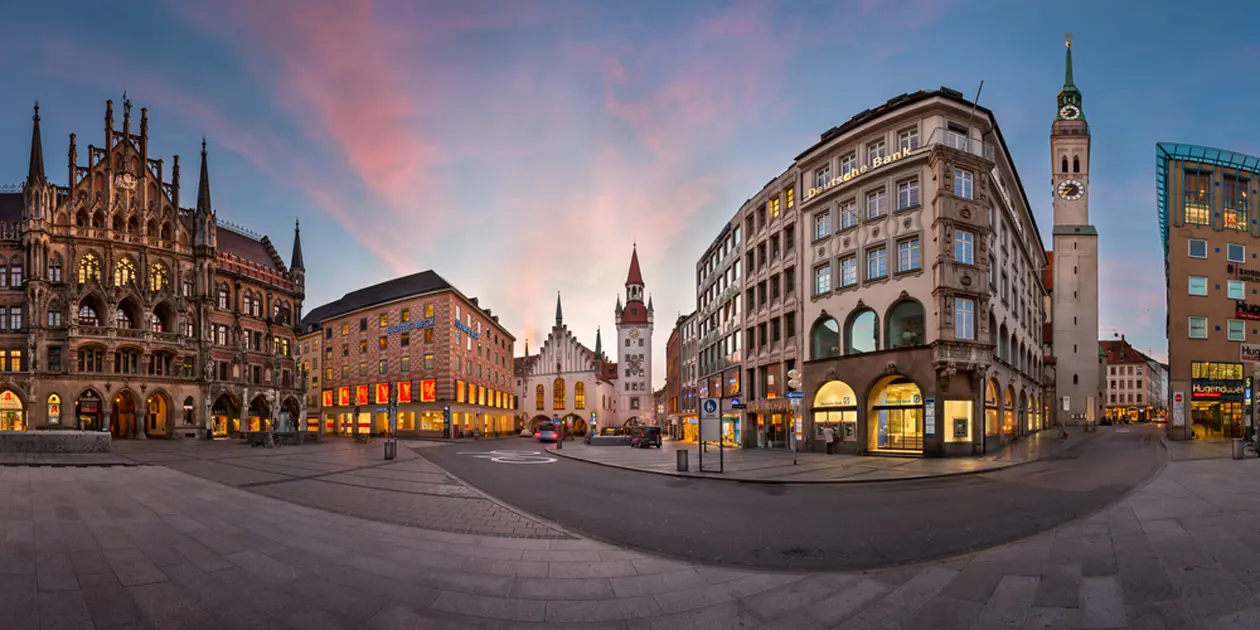
The happy Bavarian spirit surely made the difference: friendly and appealing, Munich is indeed the most vital town in Germany. A genuine vitality and the different shapes of its buildings, squares and districts make Munich one of the most charming towns in Europe. The splendid architectures granted Munich the nicknames of “Pearl of Europe” and “German Rome”.
Munich, a city to discover
Walking through Munich is the best way to see it, tuning up with the natural charm and flair of the places still pulsing with history.
Not to forget that “eating and drinking keep together both body and spirit”. This old bavarian motto is still a rule of life here.
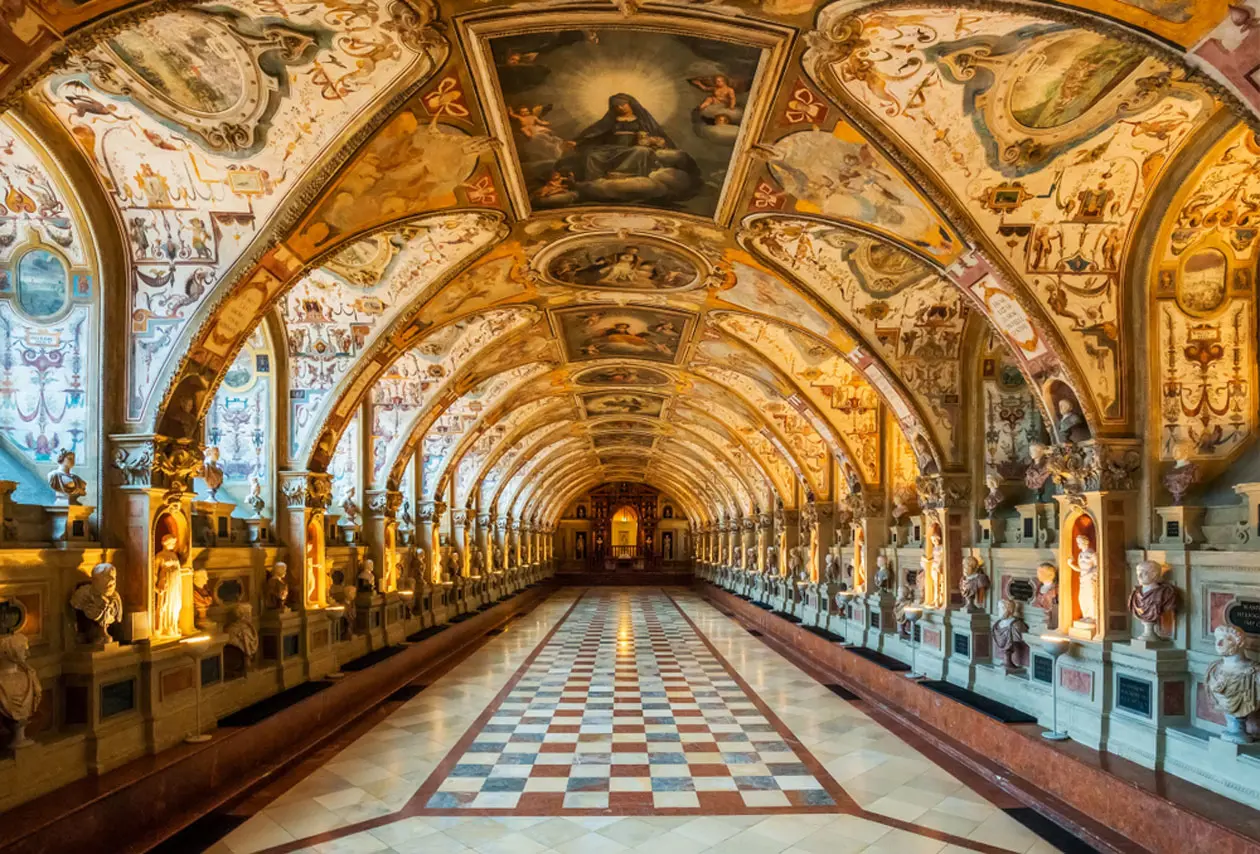
Munich has been for a long time an important centre for arts and culture. Now as then the intellectual life of this metropolis built along the banks of Isar river.
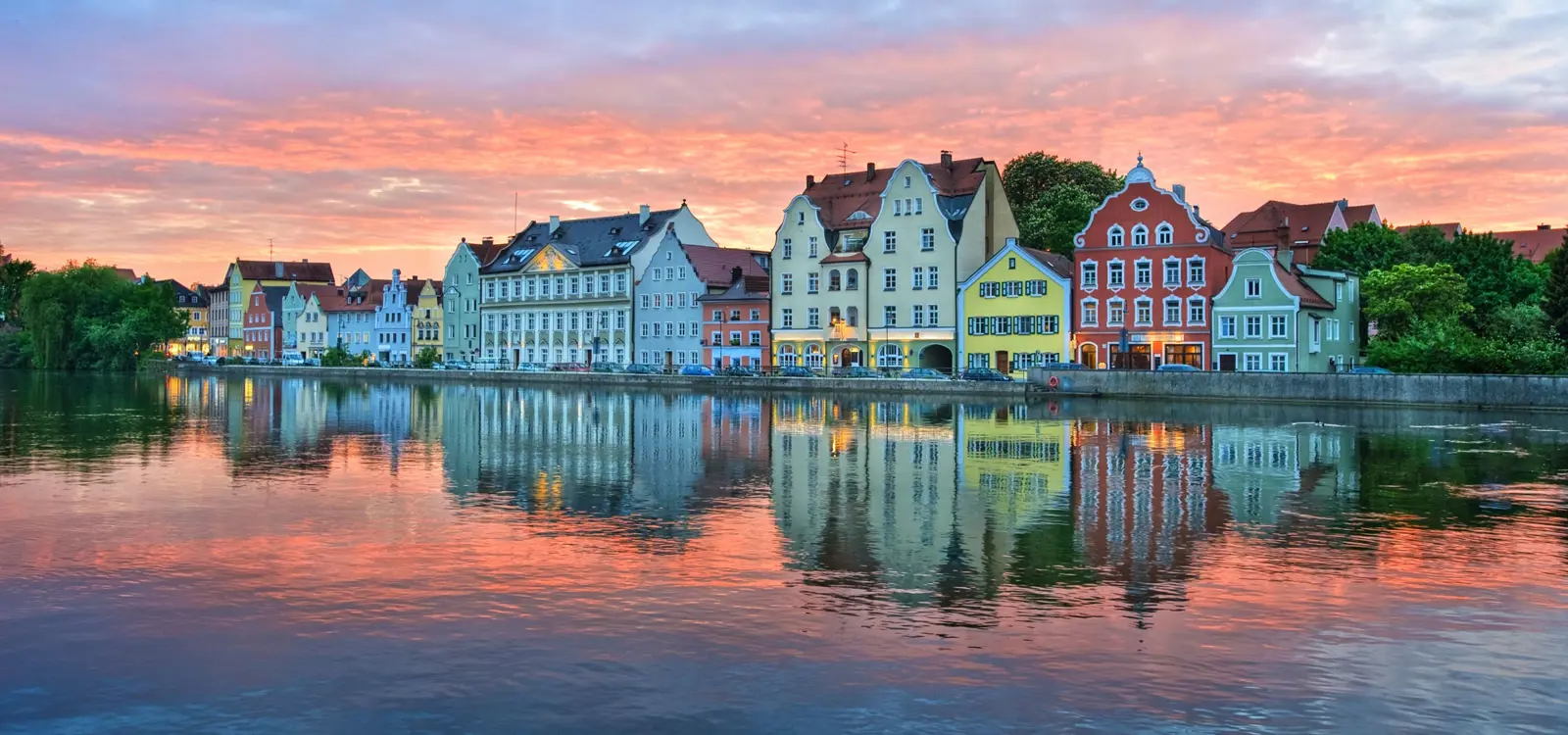
The cultural life is divided between small and big theatres, modern pop music concerts and cinema. The art, both ancient and modern coexist peacefully.
Museums in Munich
Munich is also one of the most important towns in Germany owning precious galleries and interesting museums:
the Deutsches Museum (the world’s greatest museum of natural science), the Bavarian National Museum (arts and craftworks from the Middle Ages to XIX Century).
Among the others the Alte Pinakothek (1836) with its rich paintings collection and the Neue Pinakothek built in 1981 on the ruins of a museum bombed down in World War II preserves an important collection of XIX european masterpieces.
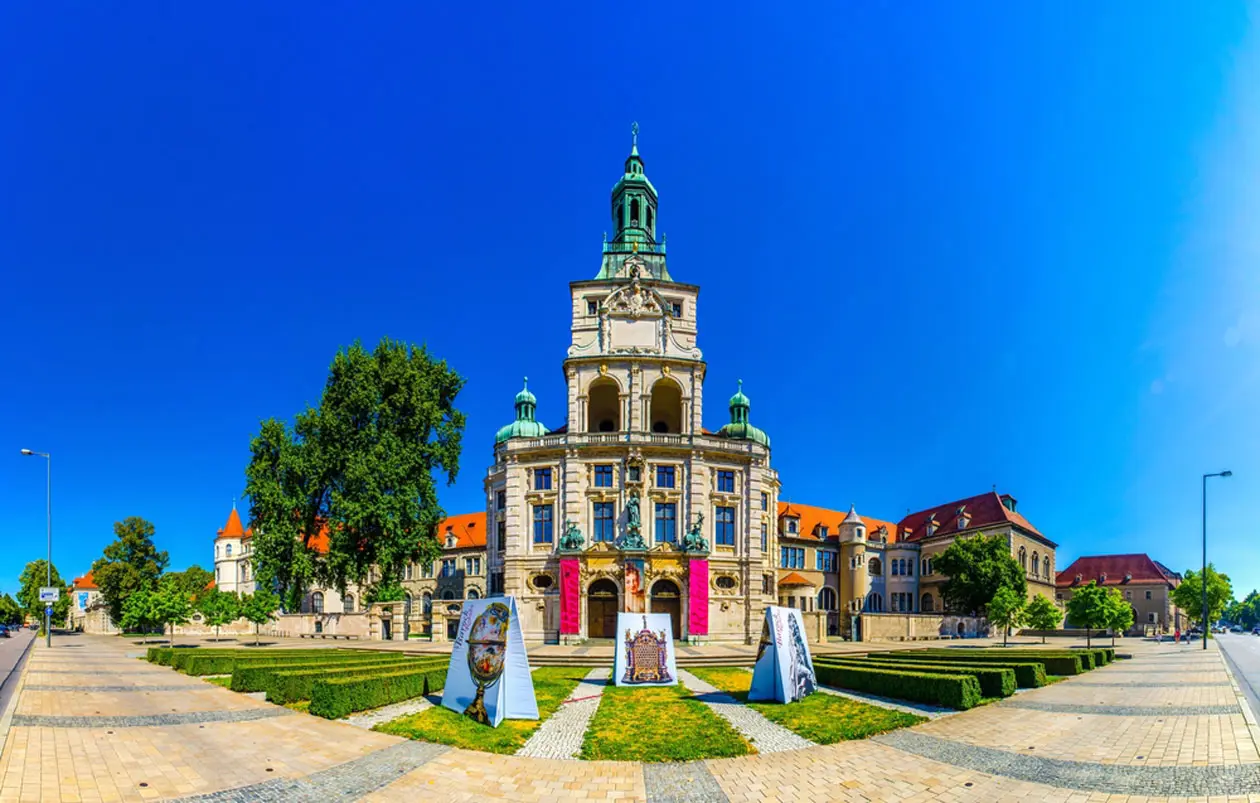
Very interesting is also the Residenz, with the Reiche Zimmer (the Treasure Room) and the Residenztheater. As the name itself suggests, it is a Rococò theatre designed in 1751. Munich has several different faces. Each district is shaped according to peculiar features and also contradictions.
The old city of Munich
The old part of the town of Munich is on the western bank of the Isar, still preserving the ancient Baroque and Rococò buildings. In its core there is the famous Marienplatz, with the City Hall and the huge Cathedral to Our Lady in the nearbies (built in XV century).
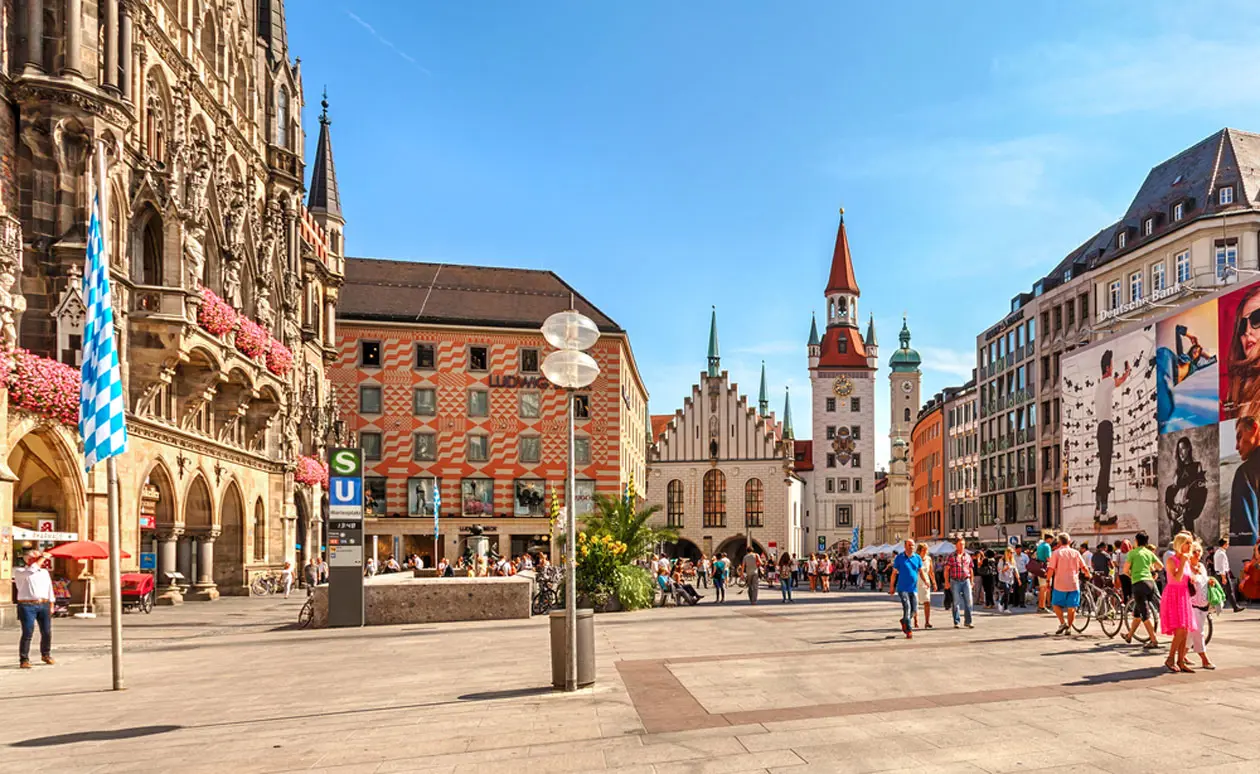
Among the several gates to access the town have to be mentioned Sendlinger (1310) and Isar (1337). Apart from the Hellabrunn Zoo, one of the largest in Germany, in Munich there is also an english garden (Englische Garten). In the middle of this garden lies the important Haus der Kunst (House of Arts).
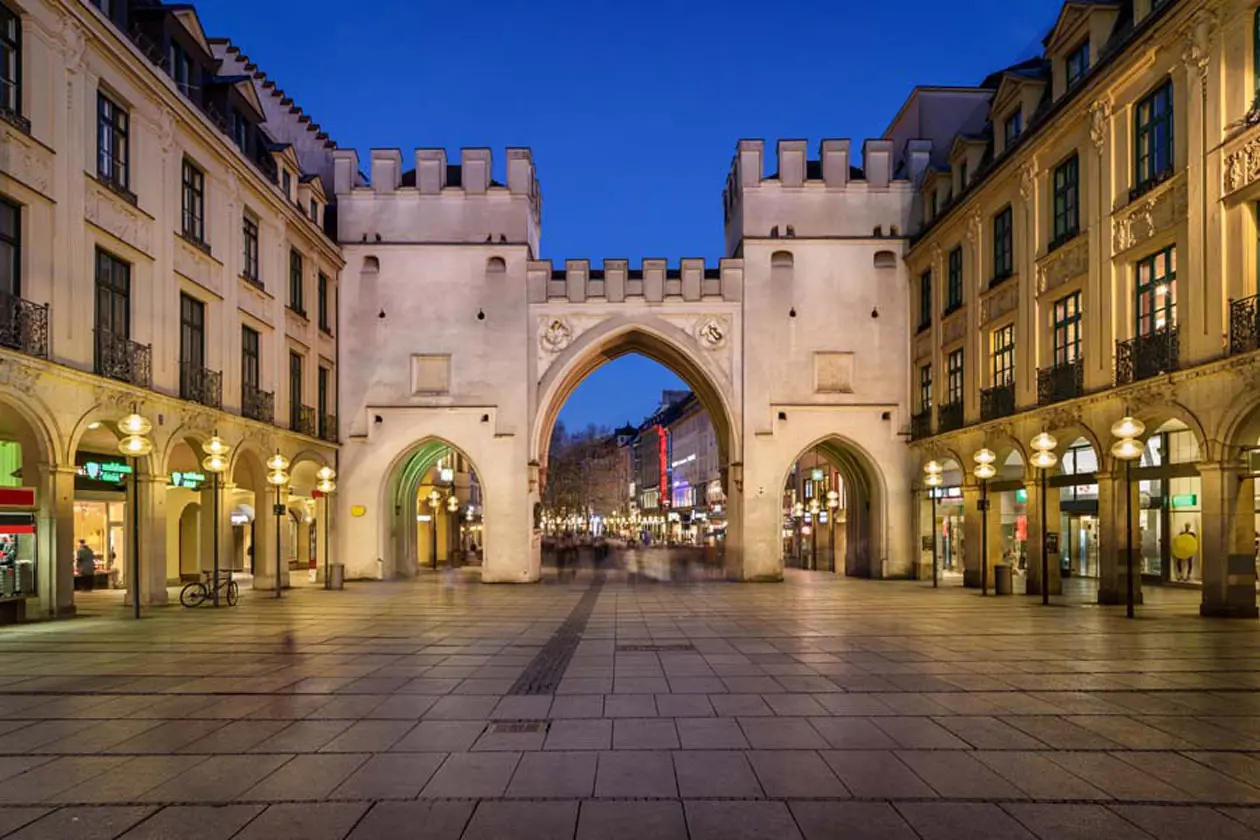
We also remind to pay a visit to the Baroque Castle of Nymphenburg (1664), surrounded by a picturesque park, and the Maximilianeum Palace, built between 1874 and 1877. This is the House of Bavarian Parliament, on the eastern bank of Isar.
Shopping in Munich
Munich is a city enveloped in a luxury rarely found elsewhere. In the sophisticated shopping streets, which have names like Ludwigstrasse, Maximilianstrasse and Kaufingerstrasse, you can find the best in fashion, antiques and jewellery. But to enjoy everything the city has to offer, it’s wor th browsing around the new trendy district, the liveliest and cheapest, around the squares of Glockenbachplatz and Gar tnerplatz.
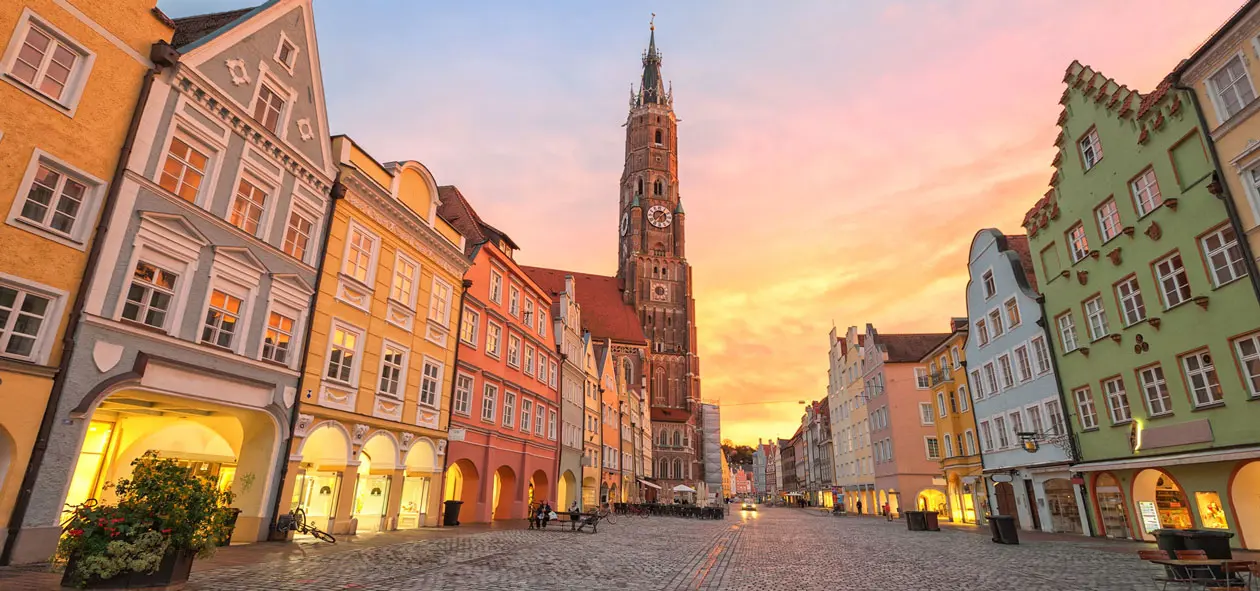
Events in Munich
Everyone knows the extraordinary events that liven up most of the year, such as the famous Oktoberfest, one of the most popular festivals in the world, which each year attracts millions of visitors to enjoy the various type of beer, or Tollwood, dedicated to theatre performances and the latest shows. To conclude the year on a high note, Munich welcomes visitors from all over the world with a very popular event, the famous Baby Jesus Market, where among the various surprising and curious gift ideas, you can experience a warm Christmas atmosphere, with the aroma of mulled wine and traditional Lebkuchen biscuits, local Christmas gingerbread sweets made of flour, honey and nutmeg.
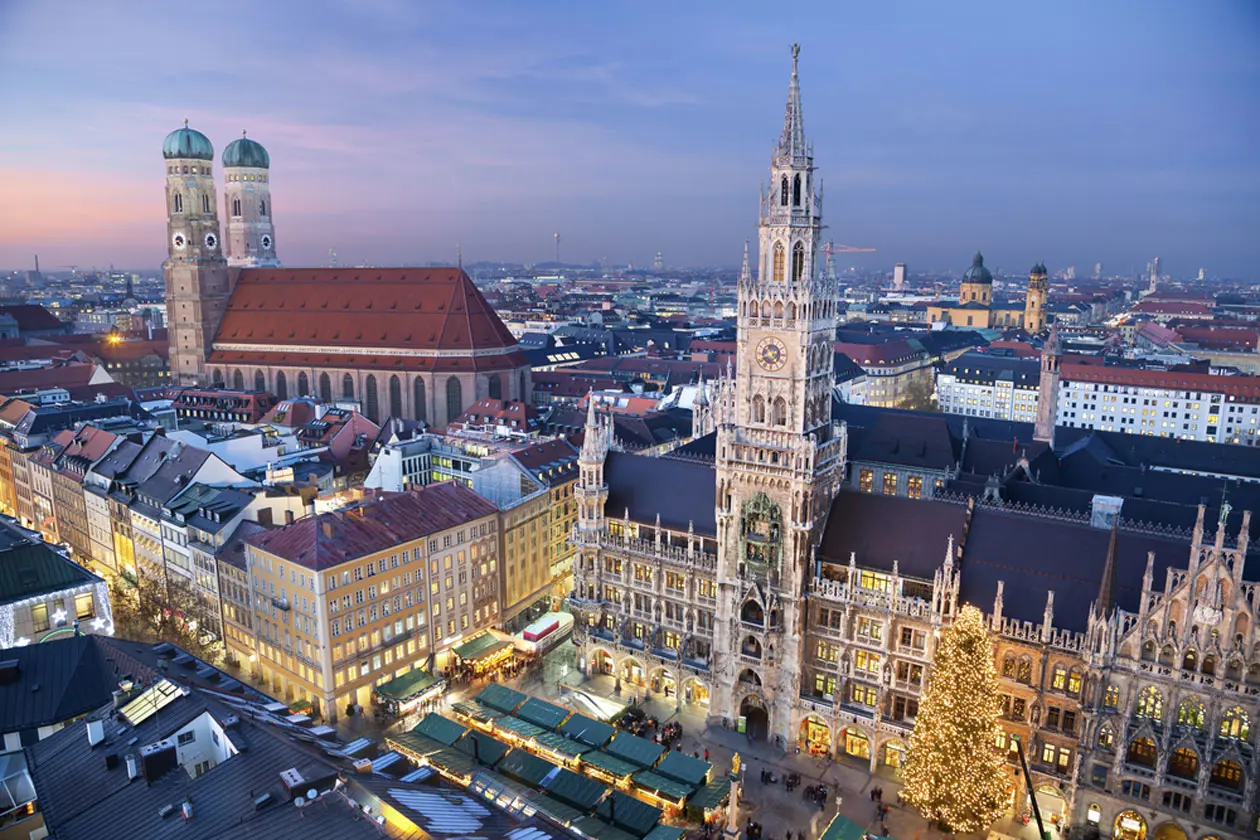
Oktoberfest
After broaching the first cask of festival beer by the Munich’s Lord Mayor, officially was opening the world-famous Oktoberfest. For sixteen days Munich locals and hundreds of thousands of guests from all over the world flock to the “Wiesn”, the festival area at the feet of the Bavaria statue. In addition to spectacular large rides, there are funfair attractions with a longstanding tradition. The special Oktoberfest beer brewed by Munich’s six major breweries is served in the fourteen beer tents that provide a total seating capacity for more than 100,000 guests.
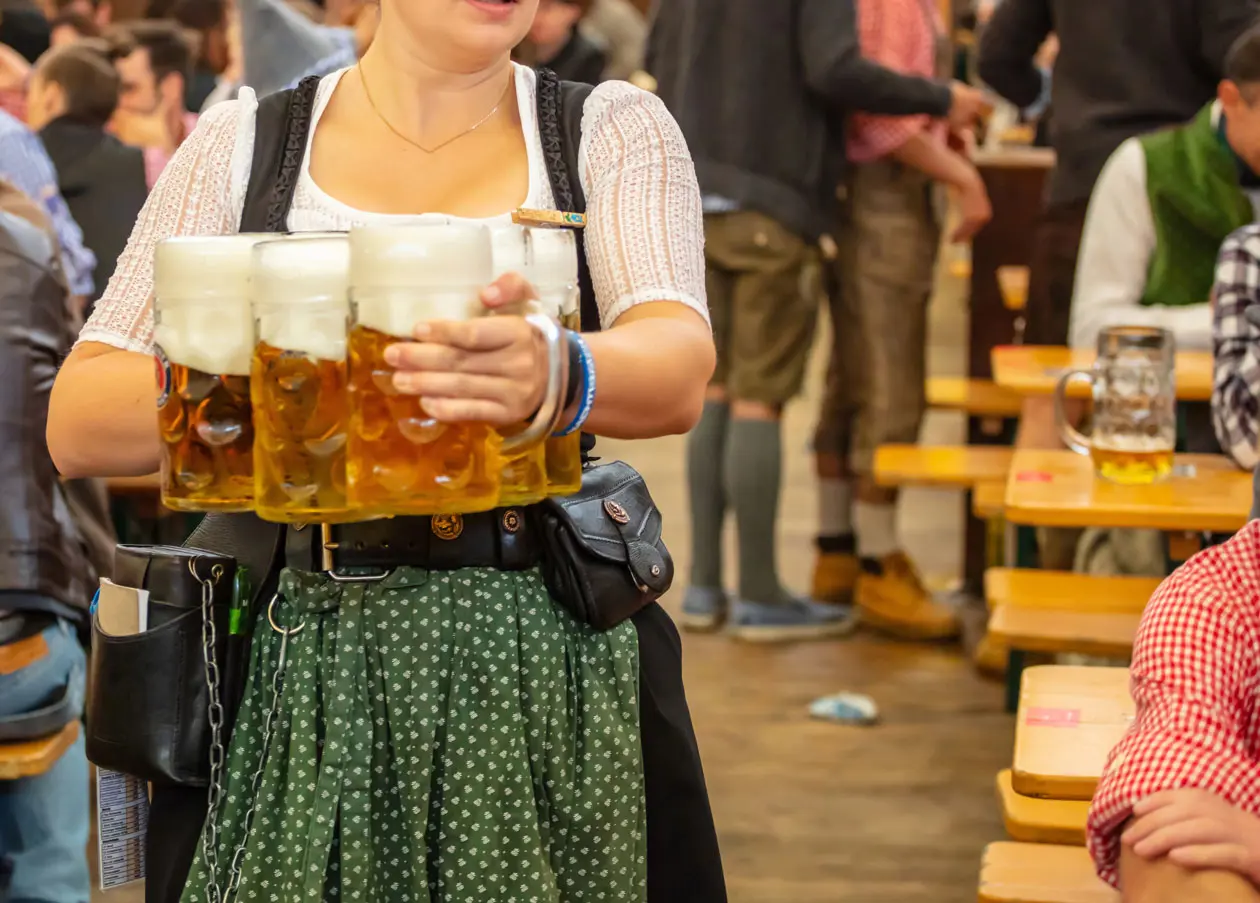
Text by Michela Damiani
Updated by Anna Glik
Reproduction reserved.
Tourism Board
www.muenchen.de
www.germany.travel
Partnership with Booking.com
Where to sleep in Munich
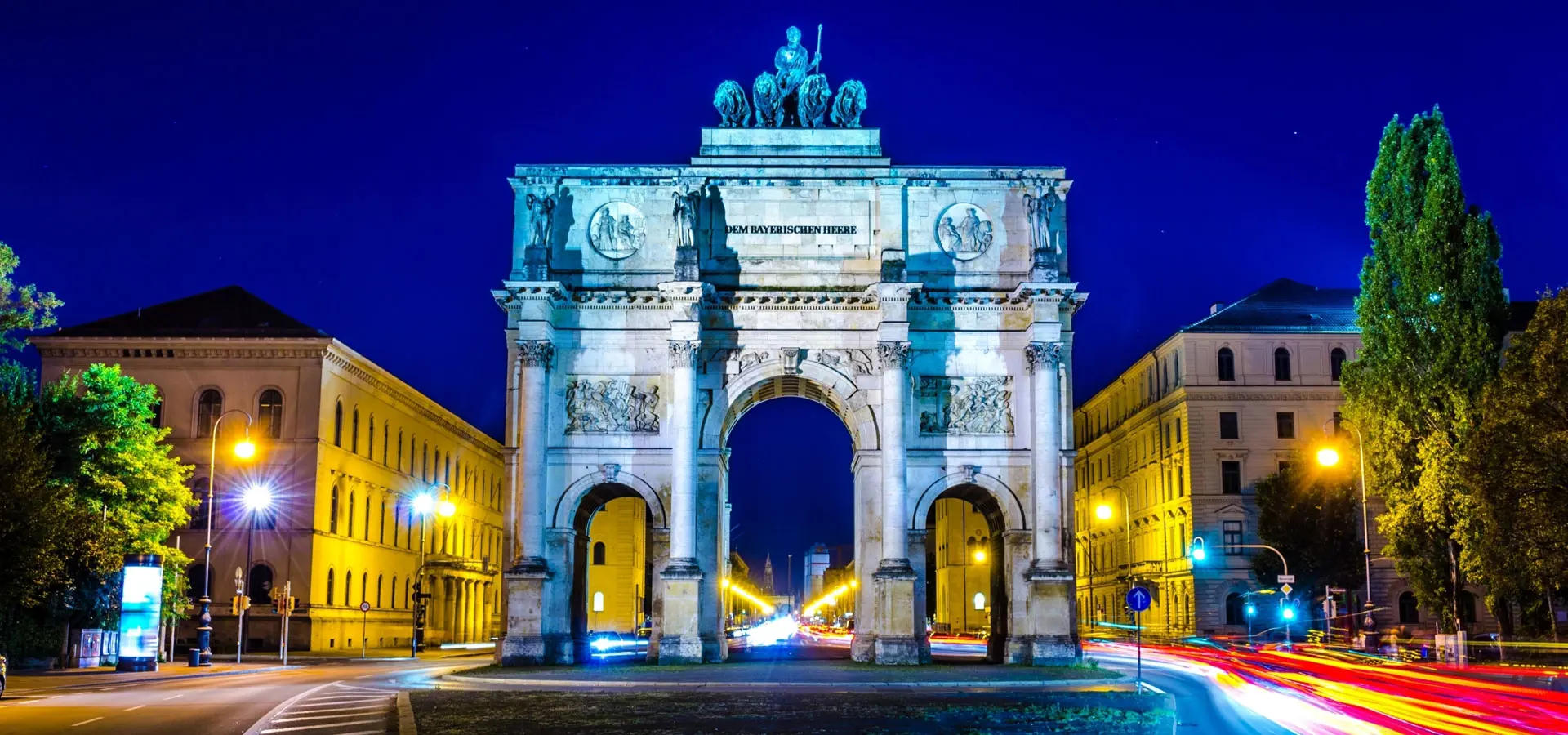
Munich is a welcoming city and offers different possibilities for accommodation.
To find the ideal hotel and the best offers you can do a search for the stars but also for districts or landmarks.
DISTRICTS
Hotels in the districts
LANDMARKS
Hotels in tourist areas
WHERE TO GO in munich
Monuments in Munich
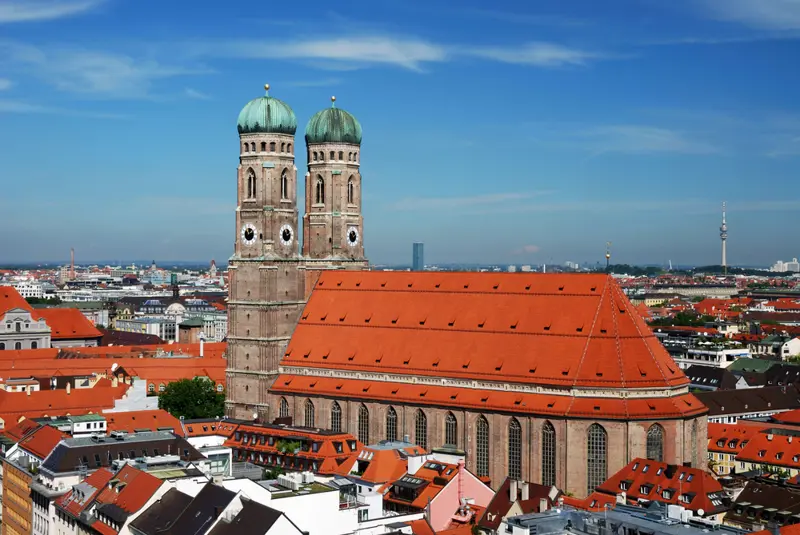
CATHEDRAL OF OUR LADY
Frauenplatz 1
Both onion domes of the Gothic Cathedral of Munich are an unmistakable symbol of the city. The south tower of the cathedral can be climbed and offers a unique, wide view across the rooftops of Munich and on to the Alps. In the entrance of this imposing late-Gothic interior you encounter the legendary devil’s footprint in the floor of the church.
Both onion domes of the Gothic Cathedral of Munich are an unmistakable symbol of the city. The south tower of the cathedral can be climbed and offers a unique, wide view across the rooftops of Munich and on to the Alps. In the entrance of this imposing late-Gothic interior you encounter the legendary devil’s footprint in the floor of the church.
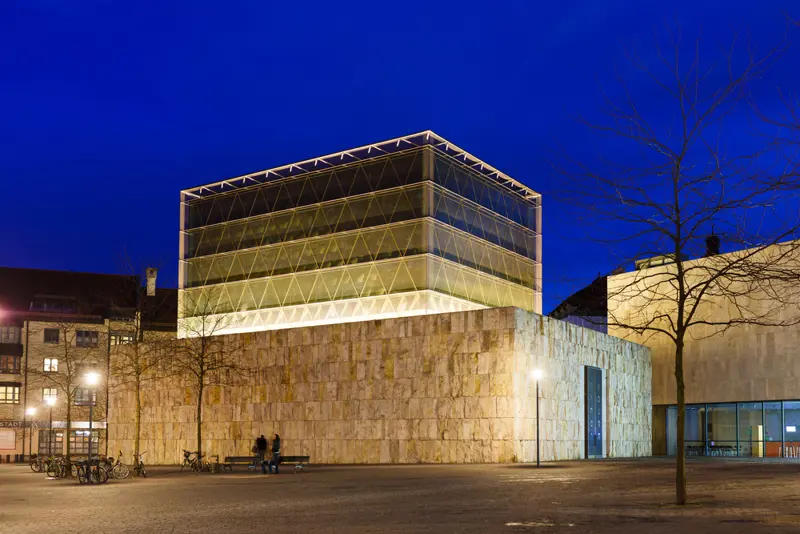
OHEL JAKOB SYNAGOGUE
Jakobsplatz
The Ohel Jakob synagogue stands in the heart of Munich and was designed by architects Wandel Hoefer Lorch and is part of the “Jüdisches Zentrum Jakobsplatz”, which also features the Jewish Museum, a community house with concert hall and restaurant, as well as a school and library. Cedar wood from Lebanon and stone from Israel are the most important interior materials. In 2008 the Jewish Center Jakobsplatz awarded the German Award for Town Planning (Deutsche StaÅNdtebaupreis).
The Ohel Jakob synagogue stands in the heart of Munich and was designed by architects Wandel Hoefer Lorch and is part of the “Jüdisches Zentrum Jakobsplatz”, which also features the Jewish Museum, a community house with concert hall and restaurant, as well as a school and library. Cedar wood from Lebanon and stone from Israel are the most important interior materials. In 2008 the Jewish Center Jakobsplatz awarded the German Award for Town Planning (Deutsche StaÅNdtebaupreis).
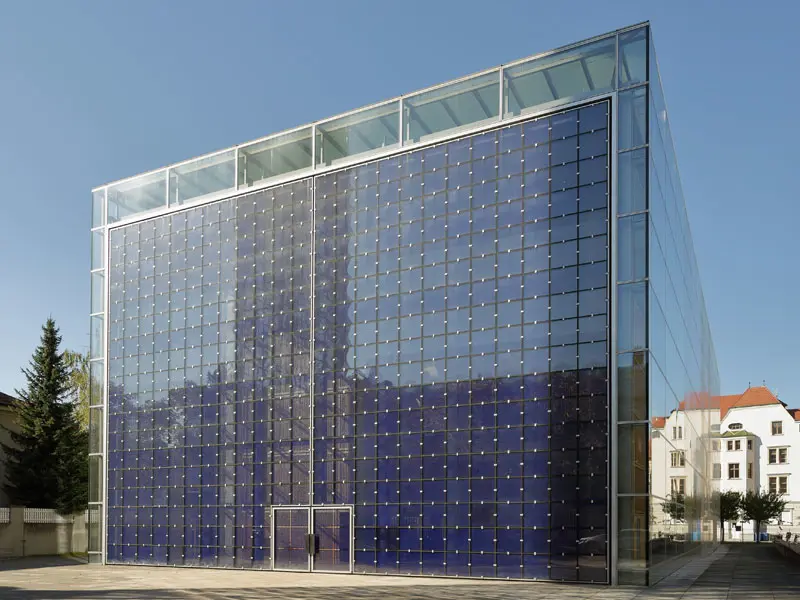
HERZ JESU CHURCH
Lachnerstrase 8
Munich’s most modern Catholic church, the “Herz Jesu Kirche” in the Neuhausen quarter of the city, impresses through its clear and reduced form. The light - which falls through the external glass cover of the building and is filtered into the church’s interior through vertical, light wooden slats - create a warm and contemplative atmosphere.
Munich’s most modern Catholic church, the “Herz Jesu Kirche” in the Neuhausen quarter of the city, impresses through its clear and reduced form. The light - which falls through the external glass cover of the building and is filtered into the church’s interior through vertical, light wooden slats - create a warm and contemplative atmosphere.
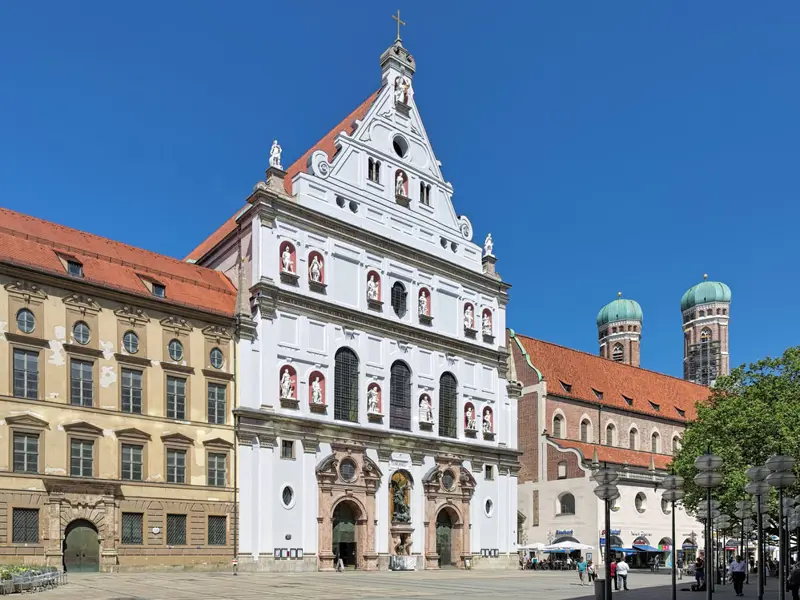
CHURCH OF ST. MICHAEL
The Church of St. Michael in Munich church was built beginning in 1583 for the Jesuits. Its single nave has a barrelvaulted ceiling spanning 20 metres, which is the largest in the world after that of St. Peter’s I Rome. Worthy of note are the tomb of Eugéne of Beauharnais, stepson of Napoleon, who married the daughter of the king of Bavaria, and the royal crypt, where Ludwig II is buried.
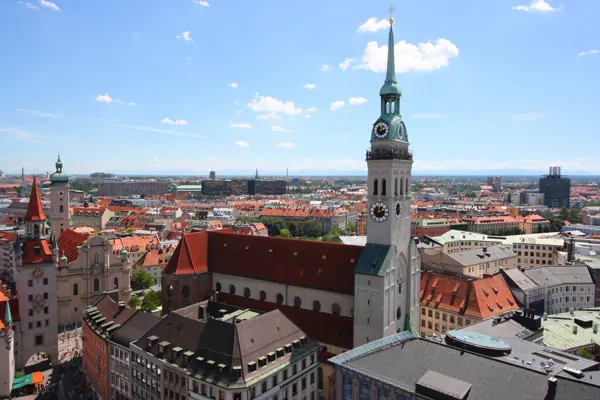
CHURCH OF ST. PETER
The Church of St. Peter in Munich is the oldest church of the city, which was built in the twelfth century at the behest of Otto I of Bavaria. The church’s masterpiece is the sumptuous high altar, which took its inspiration from the altar by Bernini found in St. Peter’s Church in Rome.
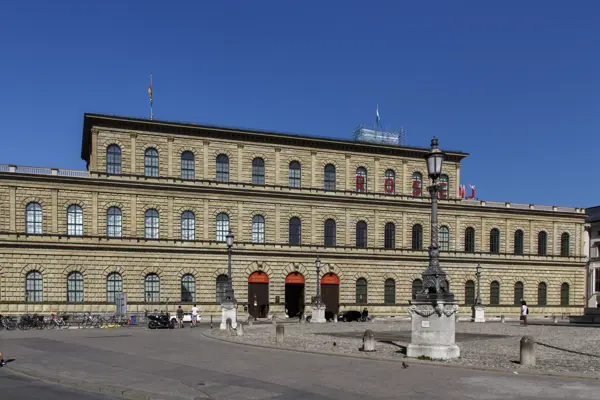
WITTELSBACH RESIDENCE
Located in the old town of Munich, the Wittelsbach Residence is the building of the royal residence, a magnificent home of the dukes and later princes of Baveria, which has Renaissance, Baroque, Rococo and Classical elements. The complex consists of 10 courtyards and 130 exhibition rooms, which are today part of a museum considered one of the principal museums in Europe dedicated to interior architecture.
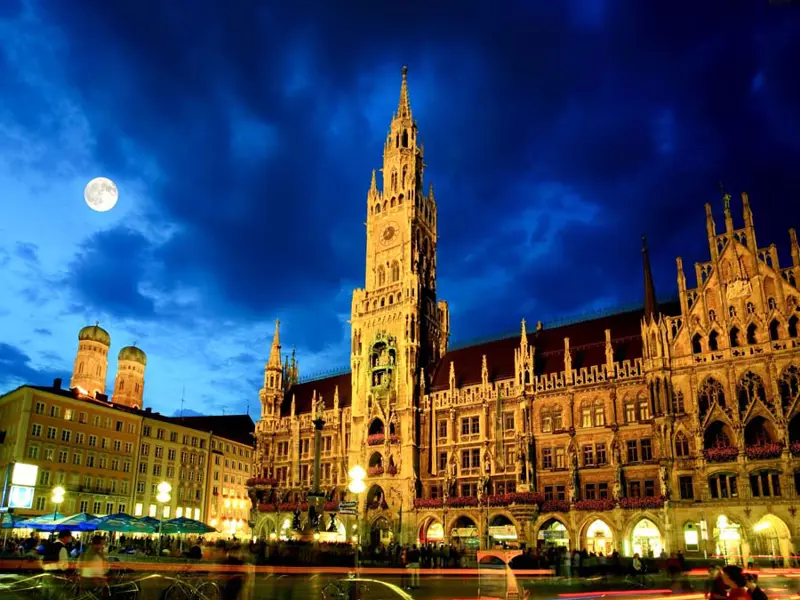
TOWN HALL
Marienplatz
An imposing neo-gothic building, on Munich’s Marienplatz, with the famous carillon in the towe's ledge. It was built between 1867 and 1874 by Georg von Hauberrisser, and houses six internal courtyards. The facade is in neo-Gothic style with effigies of historical personalities. From the top of the 85-meter-high tower, a small monk, Münchner Kindl, watches over the city, and from here you can enjoy a beautiful view of Munich.
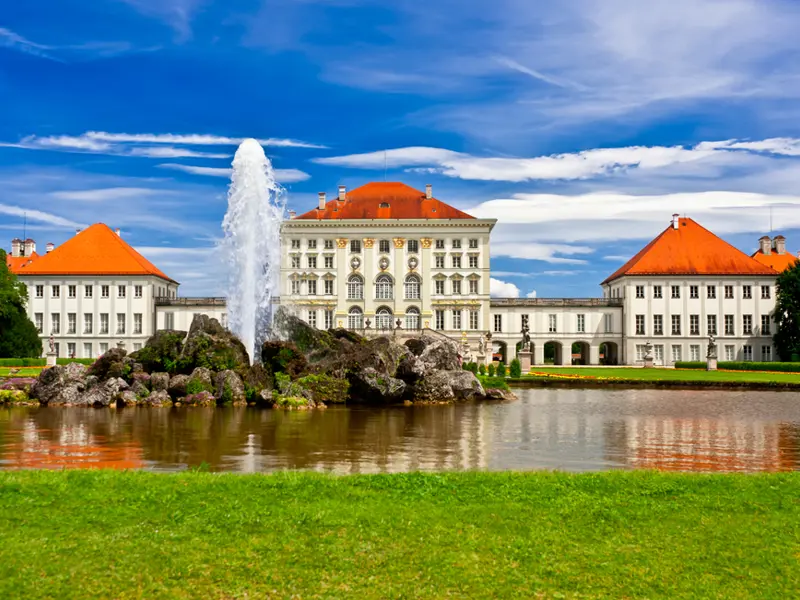
NYMPHENBURG PALACE
Meaning Palace of the nymphs, it was built as a summer residence in 1664 by Elector Ferdinand Maria as a gift to his wife Adelaide of Savoy to celebrate the birth of their long-awaited heir Maximillian Emanuel. Surrounded by an immense park, inside it features exquisite royal rooms, the green chamber (the birthplace of Ludwig II, the romantic sovereign, legend of Bavaria, also known as the Fairytale King and who died by drowning in tragic circumstances), the Banqueting Hall, masterfully frescoed by Johann Baptist Zimmermann (where Mozart at the age of 6 performed for the first time) and the Gallery of Beauties.
Museums in Munich
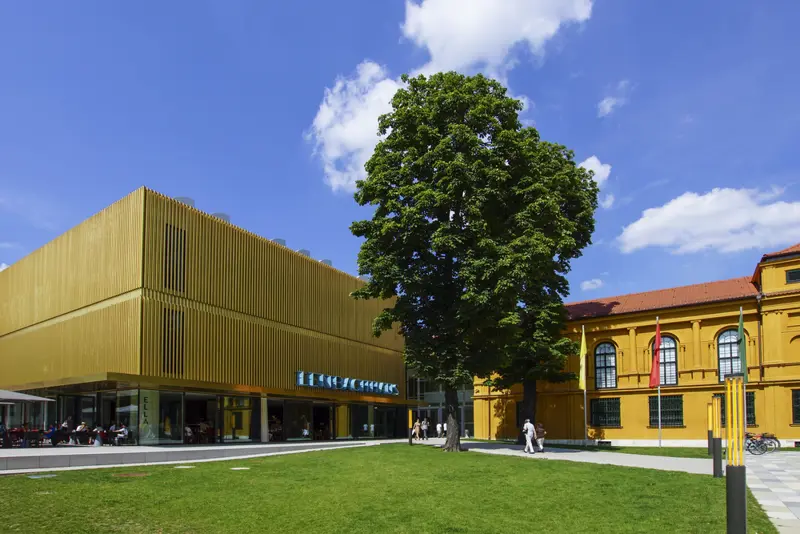
LENBACHHAUS
Luisenstrasse 33
Inside of the Lenbachhaus we find famous works by Wassily Kandinsky, Gabriele Münter, Franz Marc, August Macke and Paul Klee. The other focuses of the collection, nineteenth-century painting and a large international collection of contemporary art including unique work groups by artists like Gerhard Richter and Joseph Beuys, make the museum in the former villa of painter Franz von Lenbach so unusually diverse and represent perfectly the creativity of contemporary art.
Inside of the Lenbachhaus we find famous works by Wassily Kandinsky, Gabriele Münter, Franz Marc, August Macke and Paul Klee. The other focuses of the collection, nineteenth-century painting and a large international collection of contemporary art including unique work groups by artists like Gerhard Richter and Joseph Beuys, make the museum in the former villa of painter Franz von Lenbach so unusually diverse and represent perfectly the creativity of contemporary art.
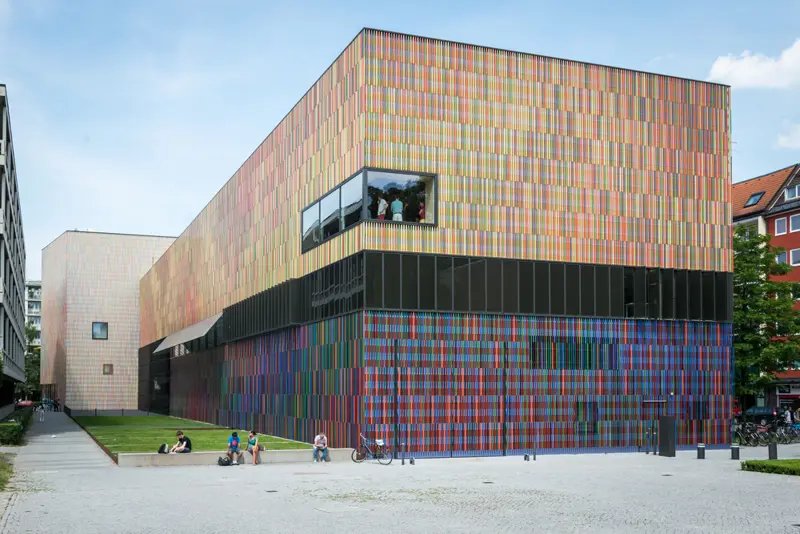
MUSEUM BRANDHORST
Theresienstrasse 35°
The Museum Brandhorst is a long, narrow construction. The external skin of the building is made of a kind of blind, created from 36,000 glazed ceramic rods, which shimmer in varying colors, according to the prevailing light conditions. Inside, three exhibition areas are revealed, connected to each other through large stairways. Alongside its exceptional aesthetics, the Museum Brandhorst is also a role model of environmental responsibility.
The Museum Brandhorst is a long, narrow construction. The external skin of the building is made of a kind of blind, created from 36,000 glazed ceramic rods, which shimmer in varying colors, according to the prevailing light conditions. Inside, three exhibition areas are revealed, connected to each other through large stairways. Alongside its exceptional aesthetics, the Museum Brandhorst is also a role model of environmental responsibility.
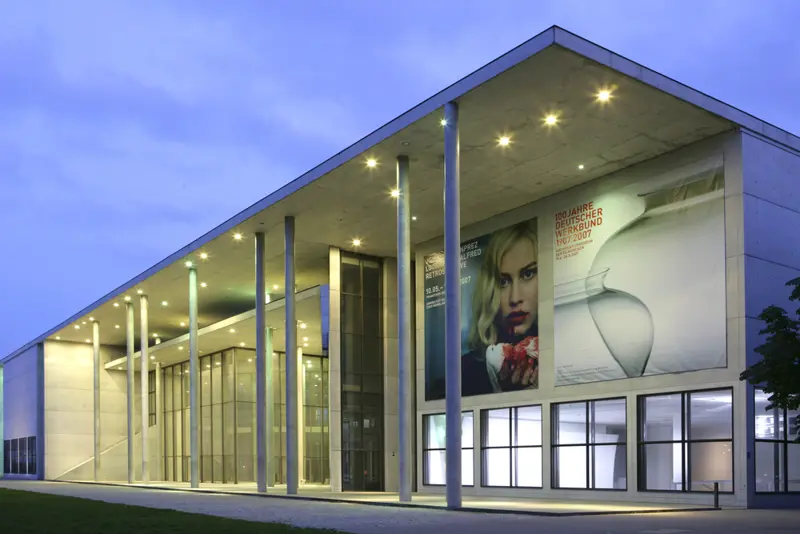
PINAKOTHEK DER MODERNE
Barer Strasse 40
The “Pinakothek der Moderne” is one of the world’s largest museums for the graphic art of the 20th and 21st centuries. Four independent institutions present themselves under one roof with permanent and temporary exhibitions. The building, created by Munich architect, Stephan Braunfels, reflects the autonomy of each separate collection while also reflecting their affiliation to the whole.
The “Pinakothek der Moderne” is one of the world’s largest museums for the graphic art of the 20th and 21st centuries. Four independent institutions present themselves under one roof with permanent and temporary exhibitions. The building, created by Munich architect, Stephan Braunfels, reflects the autonomy of each separate collection while also reflecting their affiliation to the whole.
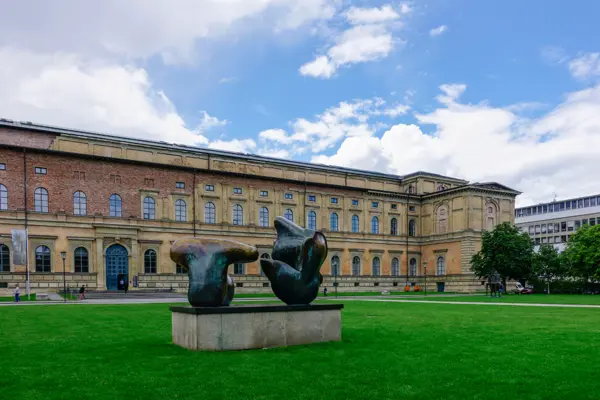
ALTE PINAKOTHEK
The Alte Pinakothek of Munich houses over 700 works of European art ranging from the fourteenth to the eighteenth century, including important Renaissance and Dutch Baroque paintings. Some of its works include self-portraits by Dürer and Rembrandt, “Venus and Mars surprised by Vulcan” by Tintoretto and the “Madonna of the carnation” by Leonardo da Vinci.
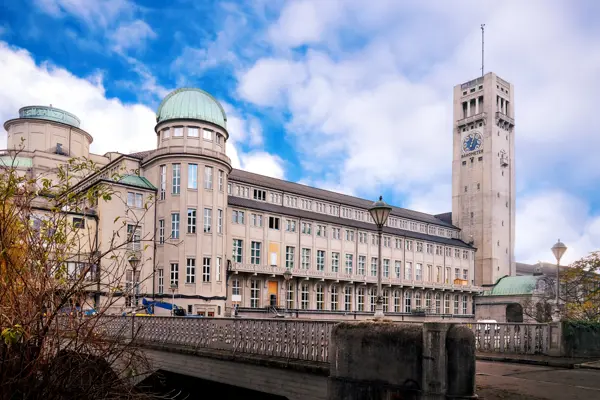
DEUTSCHES MUSEUM
Considered the largest museum of science and technology in the world, the Deutsches Museum of Minich exhibits a multitude of technical achievements as well as experiments performed in the past. Much to the joy of young and old, it offers presentations of artificial lightning, various types of aircraft, and even a planetarium, as well as the opportunity to enter the tunnels of an old mine.
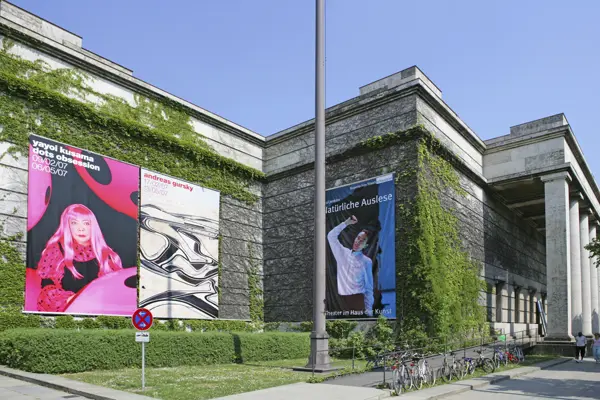
HAUS DER KUNST
Situated near to the Englischer Garten, the Haus der Kunst in Munich is one of the most important exhibition spaces in the world; it organises retrospectives on contemporary artists and themed exhibitions.
Children are guided on their visits and also have the opportunity to express their creativity.
Excursions in Munich
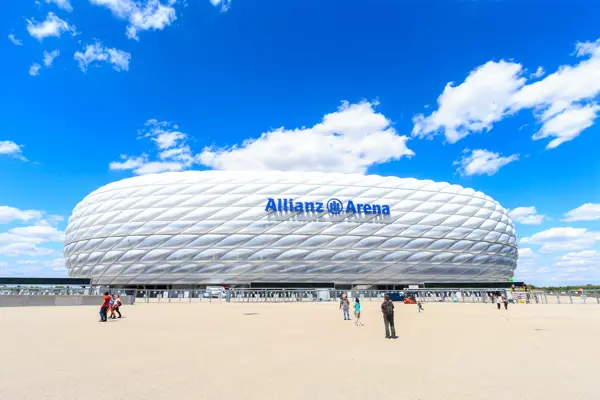
ALLIANZ ARENA
Werner-Heisenberg-Allee 25, Munich-FroÅNttmaning
With the Allianz Arena, Herzog & de Meuron have designed a stadium construction of world-class standards.
With the Allianz Arena, Herzog & de Meuron have designed a stadium construction of world-class standards.
The external skin and the roofing of the stadium ring are made of thousands of diamond-shaped, airfilled cushions which, during home games, are illuminated in the colours of Munich’s two major football clubs: red for FC Bayern and blue and white for TSV 1860. The capacity of the stadium hold 66,000 spectators.
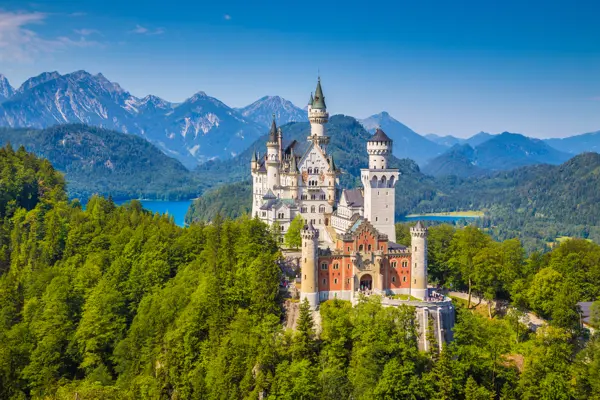
CASTLES OF LUDWIG II
The Bavarian sovereign commissioned 3 castles not far from Munich which are well worth visiting: Neuschwanstein Castle, the fairytale castle and the world’s most popular, which features in paintings, on calendars and has even been copied by Disneyland; Linderhof Castle, his favourite, with a grotto in the garden where the works of Wagner were performed, and Herrenchiemsee Castle, considered the Bavarian Versailles. Other castles include Hohenschwangau Castle, where Ludwig spent his childhood and youth with his parents, with decorations that recall the German mythology played by Wagner.
Partnership with GetYourGuide
Tours and excursions
News & Useful info
Shopping
You might be interested in
Destinations found in the vicinity
Other destinations
Airports nearby Munich



